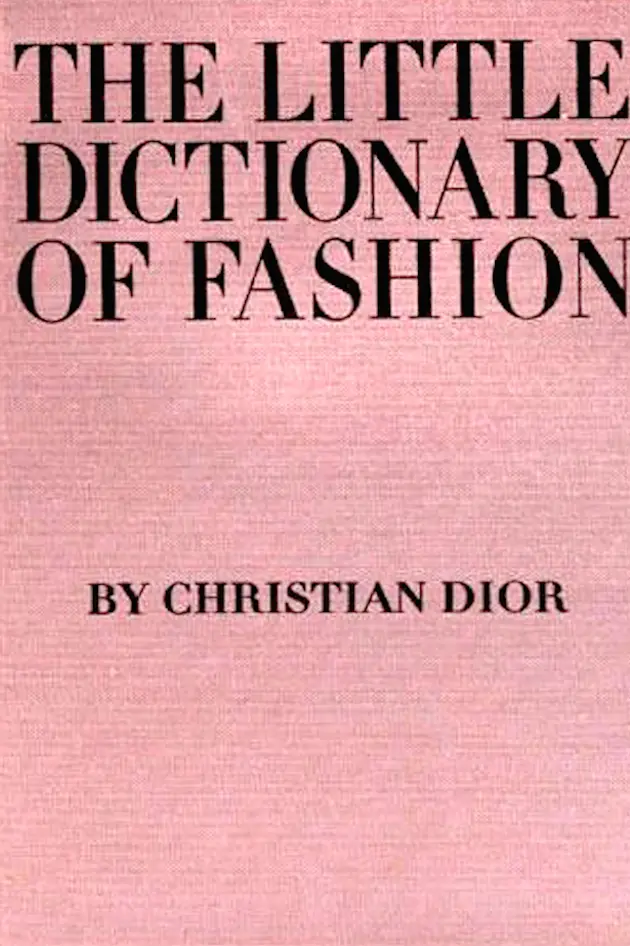Hi, dear readers. Lately I haven’t been posting very frequently on my blog. I am still active on Instagram, though! Follow that account for your daily dose of smoothies, pictures of Amsterdam’s cutest houses and breakfast clubs . I use it as my snapshot diary and online archive for pretty things. However, I still love writing and will never ever stop doing that.
Actually, I am quite active online. I am currently interning at CHAPTER FRIDAY and working there with a lovely creative team. So, the next couple of weeks I will be doing a lot of writing over there.
While multitasking through the week, I was wondering at some point…How did the blogging business actually start? In fact, it did not just happen out of the blue. Blogging has a real history. Let me guide you through it . Meanwhile, I will keep writing and working on the future.

Simone D’Aillencourt in Lower Manhattan, 1950s Corbis
When we were little girls, blogs resembled classic, handwritten diaries. You know, the kind of notebooks where you put in your thoughts of the day or write down who you fell in love with in first grade. There were also style scrapbooks, where you would stick all the pictures from magazines you have collected and add a few cool stickers and quotes. Well, those little books have kind of been replaced by our online diaries called blogs.
Let’s step into the fashion time machine and look at what major things happened for us to become fashion blogs.
1978
Bill Cunningham, an American photographer, published a chance photo of the epic beauty, actress and it-girl Greta Garbo in the New York Times. It soon became a regular series of impromptu pictures, titled ‘Streetstyle”.
1999
Development of RSS: REALLY SIMPLE SYNDICATION makes it easier to subscribe to blog posts and distribute them to other sites across the net.
2002
Fashion blogs start to emerge on the internet, whoop whoop!
2003
Fashion blogger Kathryn Finney from The Budget Fashionista gets invited to New York Fashion Week
2004
The birth of Flickr! An online platform where photographers and artists upload their work and share it with the world wide web.
2005
The Sartorialist starts to mark an epoch of street style photography, capturing the fashion highlights in every hood of the world.
2006
Hello, Twitter! Finally, fashion bloggers can update their followers super short and quickly.
2007
Rumi Neely starts to sell her first vintage finds on her Ebay webshop.
2008
The eleven-year (!) old Tavy Gevinson launches her style blog Style Rookie. This sweetheart must be the youngest fashion blogger known! Besides that Rumi Neely grows from an Ebay shopkeeper to the owner of her own style blog Fashion Toast.
2009
Major changes are happening! Dolce and Gabbana invited a whole range of fashion bloggers – with their laptops – front row for their show on New York Fashion Week. And yes, front row means right next to Anna Wintour and A-listed movie stars.
2009
This Chick’s Got Style, forerunner of CHAPTER FRIDAY, got founded by Yara Michels. It was one of the very first fashion blogs in the Benelux.
2011
Rumi Neely from the Fashion Toast gets cited on CNN money, marking that a fashion blog can actually become a major business.
2015
Fashion blogs are all over the world wide web right now. Seriously, every major city now has a list of it-girls who are basically fashion bloggers.
They serve as online mini magazines and are major platforms for brands and designers. Fashion bloggers are like self-made superstars and real life advertisements. We mean that in a good way, obviously. It is cool to see how a personal sense of style can inspire millions of readers and dreamers.
Moreover, your blog can become your business if you manage to combine your personality with the right PR, product placement, pretty pictures and phrases.
But, like every success in the world, fashion bloggers are loved and hated. Some designers like to have the bloggers at their fashion shows, others are a bit more reluctant. Some magazines even think that the popularity of bloggers make their readers sink away into less in-depth articles and advertorials. That’s not always true, of course. Blogs and websites offer content and pictures that are often more personal and approachable than those in the magazines.




